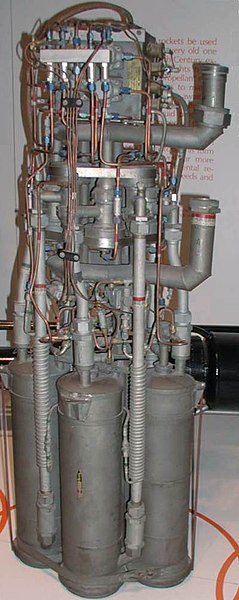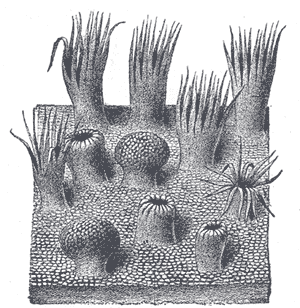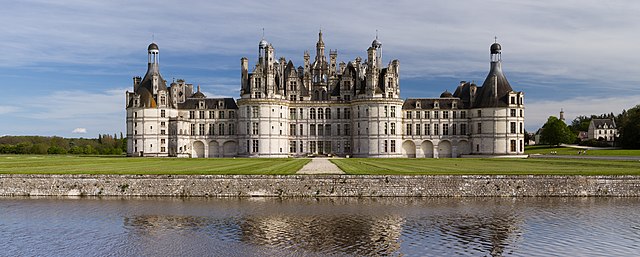We just learned about the World War II Rocket Weapons.
Another famous part of rocket history was the Bell X-1.
The Bell X-1 was actually a rocket powered airplane, that was built to go faster than the speed of sound, over 700 miles per hour!
It was made to be shaped kind of like a bullet, and with wings going straight out, not tilted back like most airplanes.
In 1947, pilot Chuck Yeager flew the X-1 to 700 miles per hour and broke the sound barrier.
The plane was carried up into the sky from another bigger plane called the B-29, and dropped so that it didn't have to launch itself.
The rocket engine on the back of the X-1 was the XLR11, the first liquid propellant rocket engine made in the US to be used in an aircraft.
It used ethyl alcohol and liquid oxygen as propellants, and had four combustion chambers.


(from: wikipedia - bell x-1)
Chuck Yeager Breaks the Sound Barrier -- X-1 -- 1947 - Motherboard
Kid Facts - Blast from the past: Induced Seismicity










